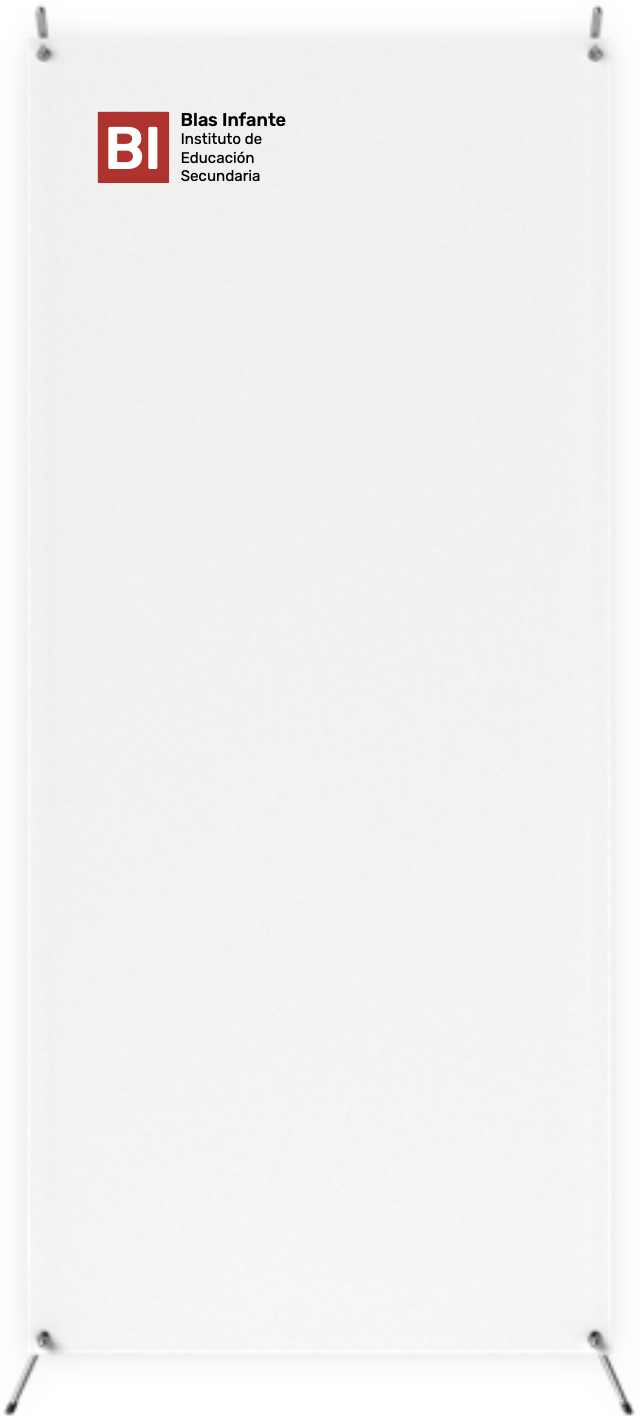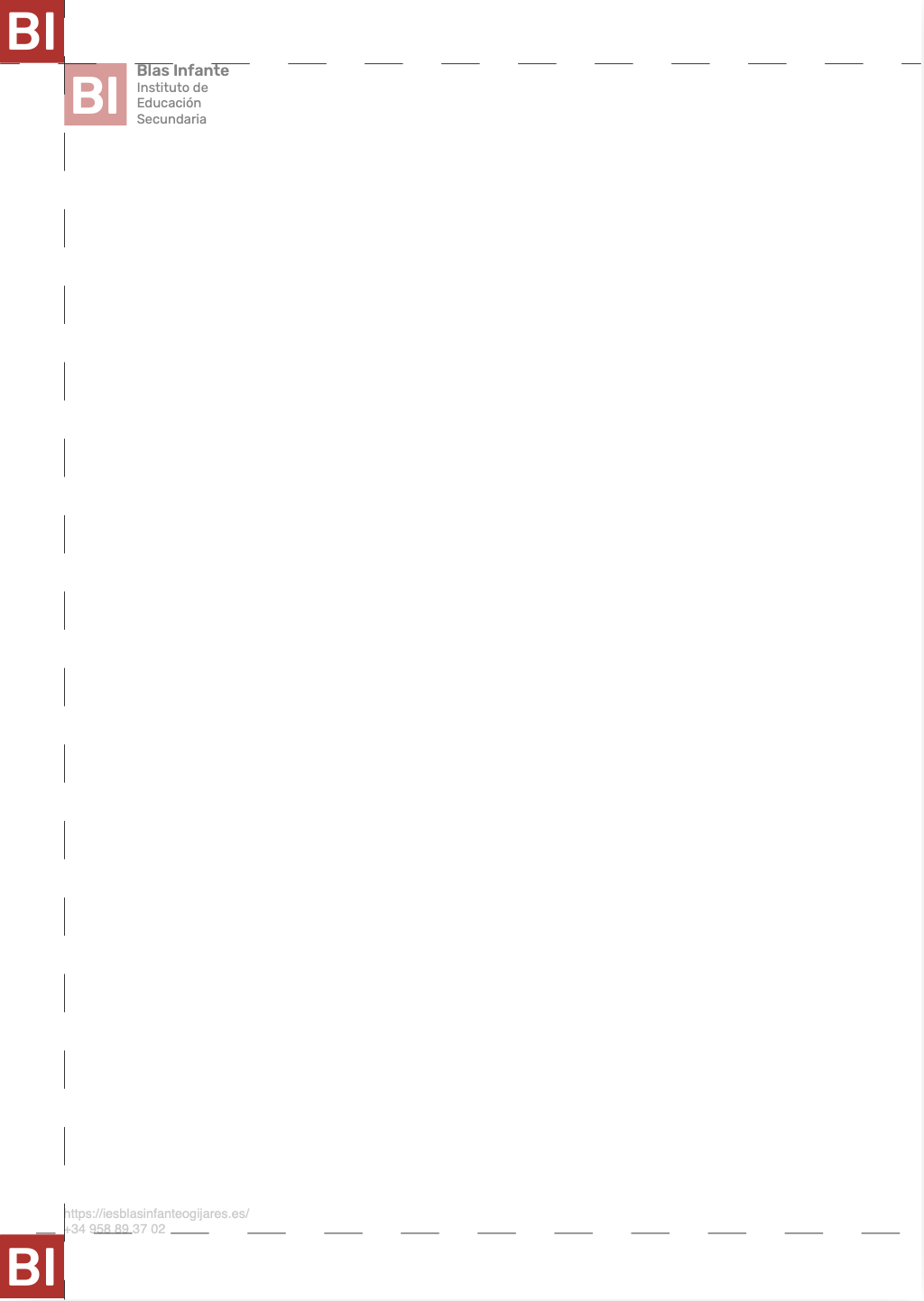Context
This project was completed over a one-month period during my Erasmus+ scholarship at the Escuela Superior de Arte y Diseño de Andalucía in Spain.
The objective was to evaluate the existing logo of a brand and develop a new design that aligns better with industry standards. Specifically, I was tasked with providing a solution for a local institution, IES Blas Infante Ogíjares.
Assessing the Situation
General Information
IES Blas Infante, located in Ogíjares, Granada, is a distinguished public secondary school established in 1978.
As a pillar of the public education sector in Spain, the institution offers a comprehensive range of academic programs tailored to meet the diverse needs of its student body.
The school boasts modern facilities and infrastructure, including classrooms, laboratories, libraries, and sports facilities, all designed to provide a conducive learning environment.
With a commitment to excellence and innovation, IES Blas Infante continues to uphold its mission of nurturing the intellectual, social, and emotional growth of its students, preparing them for success in their future endeavors.
Old Logo
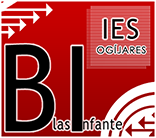
The previous iteration of the logo suffers from substandard graphic quality, characterized by an excessive incorporation of intricate elements that render it antiquated and impractical for diverse applications, thereby impeding readability.
Superfluous graphic embellishments are present, and a lack of equilibrium between lowercase and uppercase components further detracts from its visual coherence.
Sector Analysis
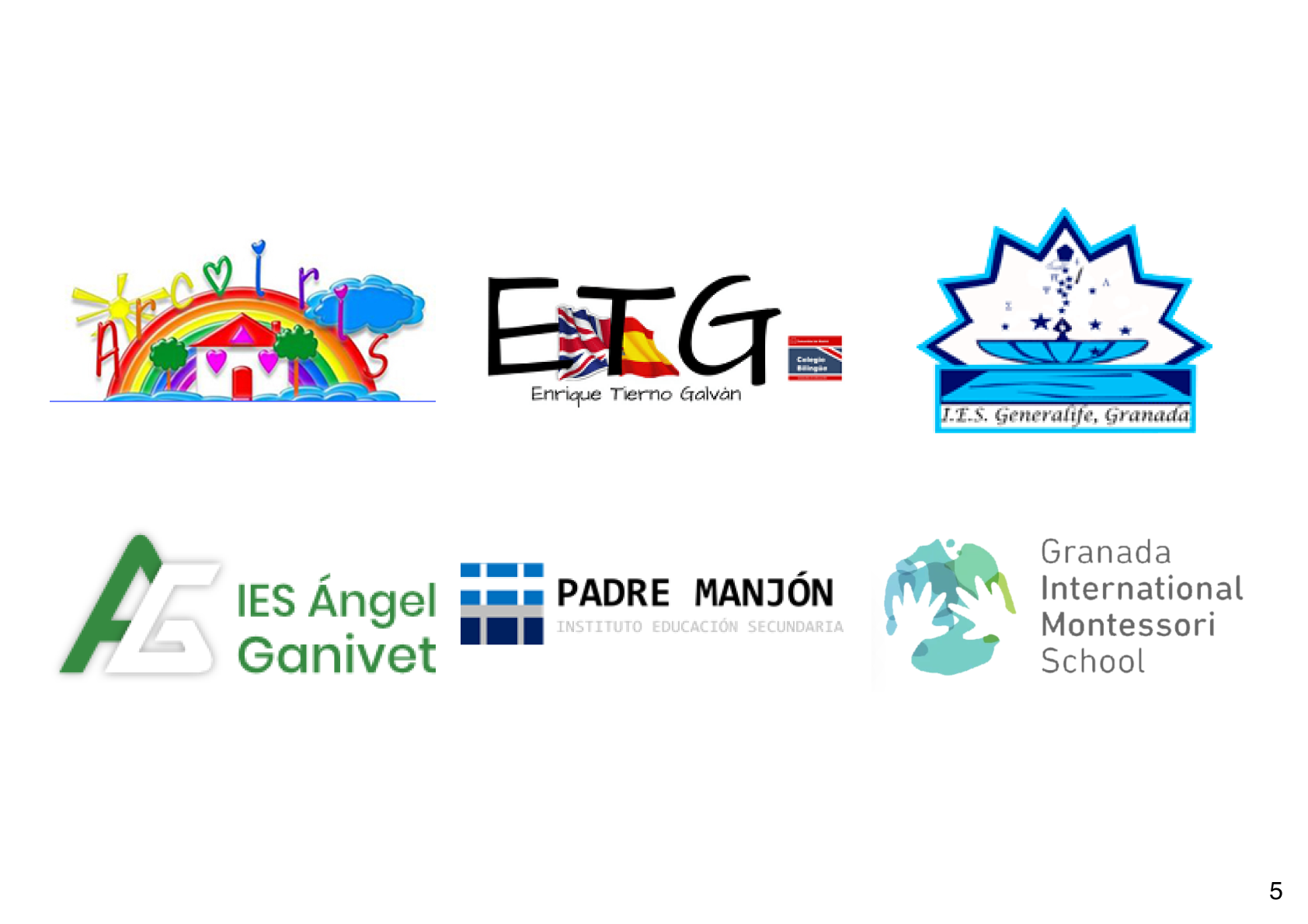
Changing the Tone
New logo

1. Integration of Symbol and Name for Enhanced Versatility
The logo design incorporates both a symbol and the institution's name to maximize flexibility in various applications.
2. Streamlined Design for Improved Legibility
The logo has been simplified to ensure ease of readability and comprehension, facilitating effective communication of the institution's identity.
3. Retention of Red Color Element
The color red has been retained as a deliberate homage to the legacy of the previous identity, contributing to a sense of continuity and heritage.
4. Establishment of an Official Aesthetic
The logo exudes an official and authoritative aesthetic, aligning seamlessly with the esteemed status of an educational institution.
5. Implementation of Visual Hierarchy
A clear visual hierarchy has been established between the institution's name and accompanying description, ensuring optimal emphasis on key elements within the logo.
Versions
Under normal circumstances, this serves as the standard logo representation for IES Blas Infante.

When encountering backgrounds that render the original logo illegible due to similarities in brightness or background color, an achromatic versions of the logo should be used.

Applied within vertical formats
Exploring the technical aspects
Construction
The logo is designed with a wider aspect ratio, featuring a gap between the symbol and the name that is the same size as the letter "B" from the name and eight times the width of the square.
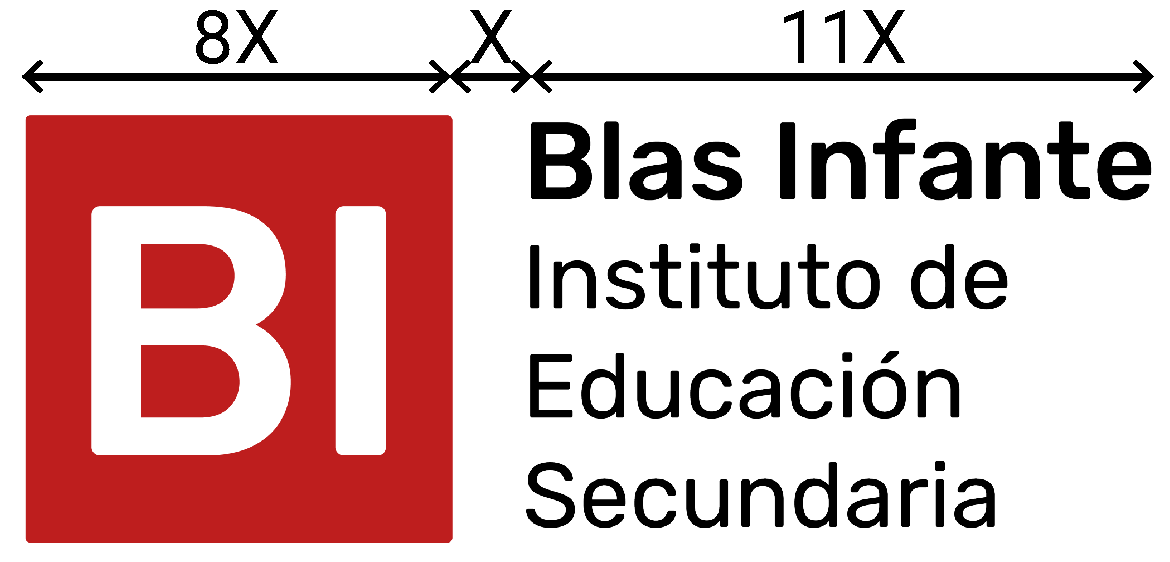
As a general guideline, it is recommended to maintain a distance equivalent to the size of the letter "B" between the logo and other external elements.
In cases where this distance cannot be achieved, ensure that no other elements encroach upon or overlap with the logo.
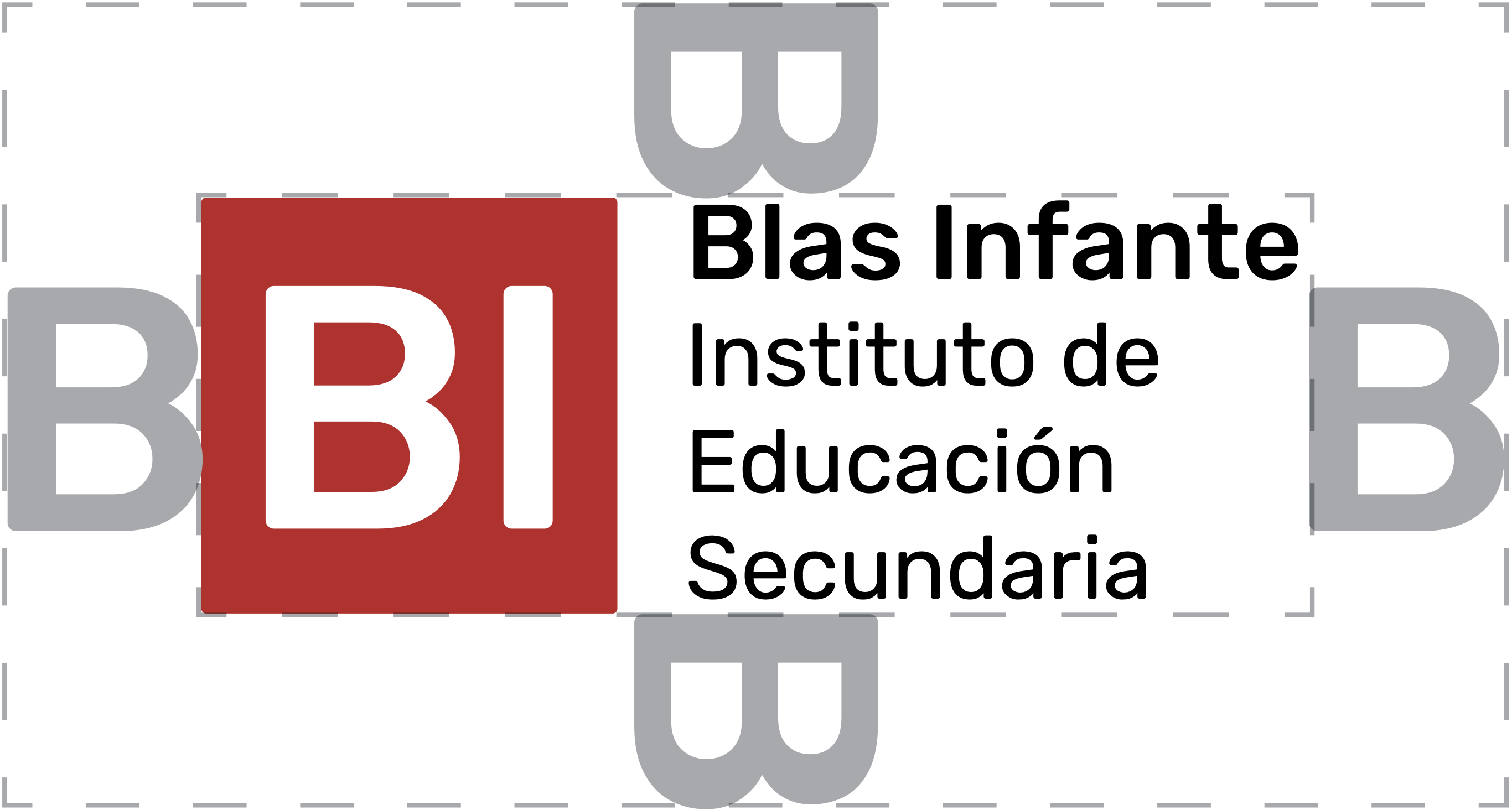
For a clear presentation of the logo, the following minimum size should be used (A4 paper for reference):
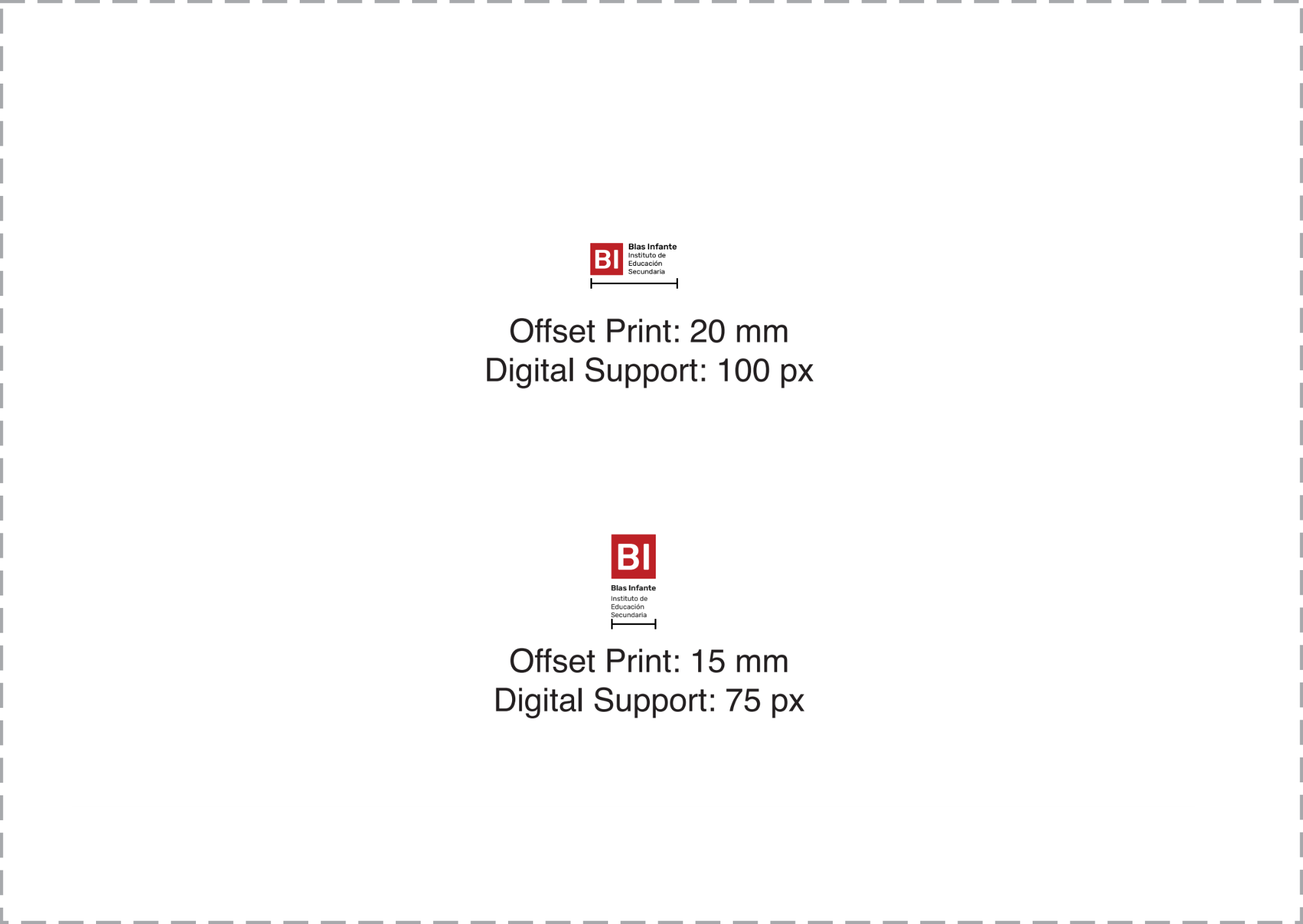
Color
We adhere to a monochromatic color scheme for the logo design. In this scheme, the text consistently appears in either black or white, while the symbol predominantly maintains a red coloration.

RGB: 190, 30, 30
CMYK: 17, 100, 100, 8
Hex: #BE1E1E
Typography
We employ a neutral and highly legible typeface, such as Helvetica, for the presentation of our content.
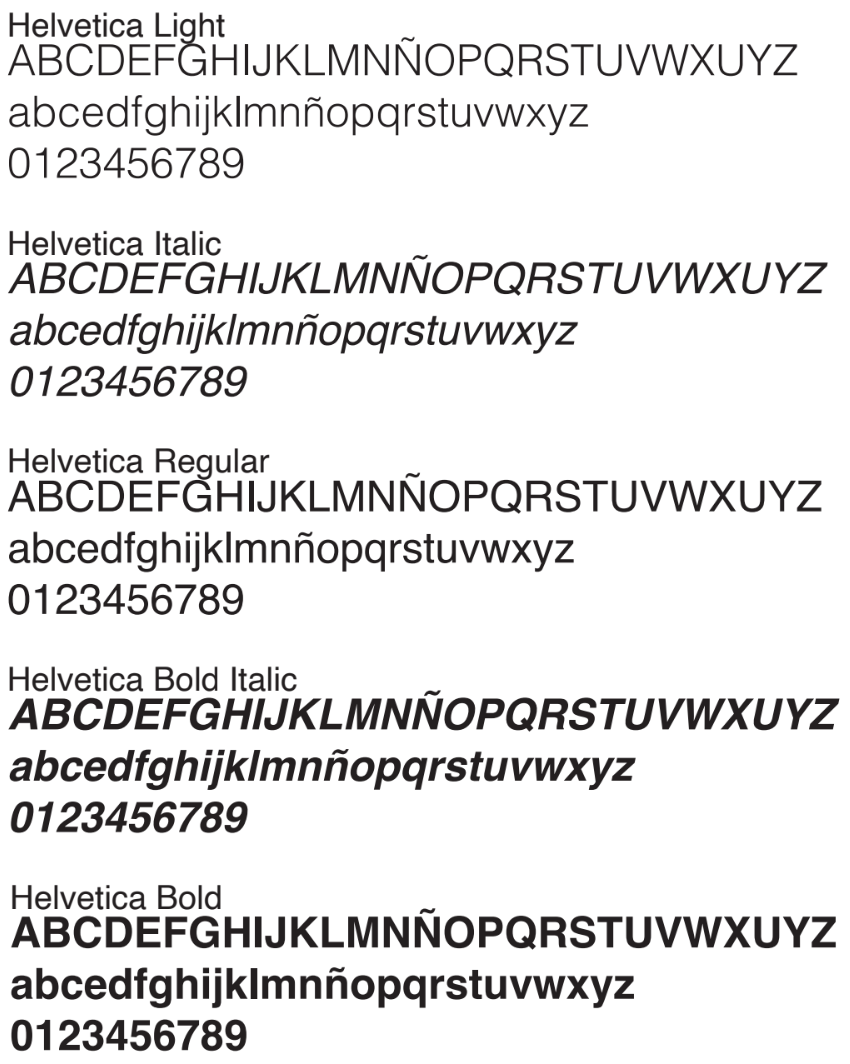
Correct uses of the logo
Incorrect uses of the logo
Don’t rotate the logo
Don’t add effects

Don’t change the color
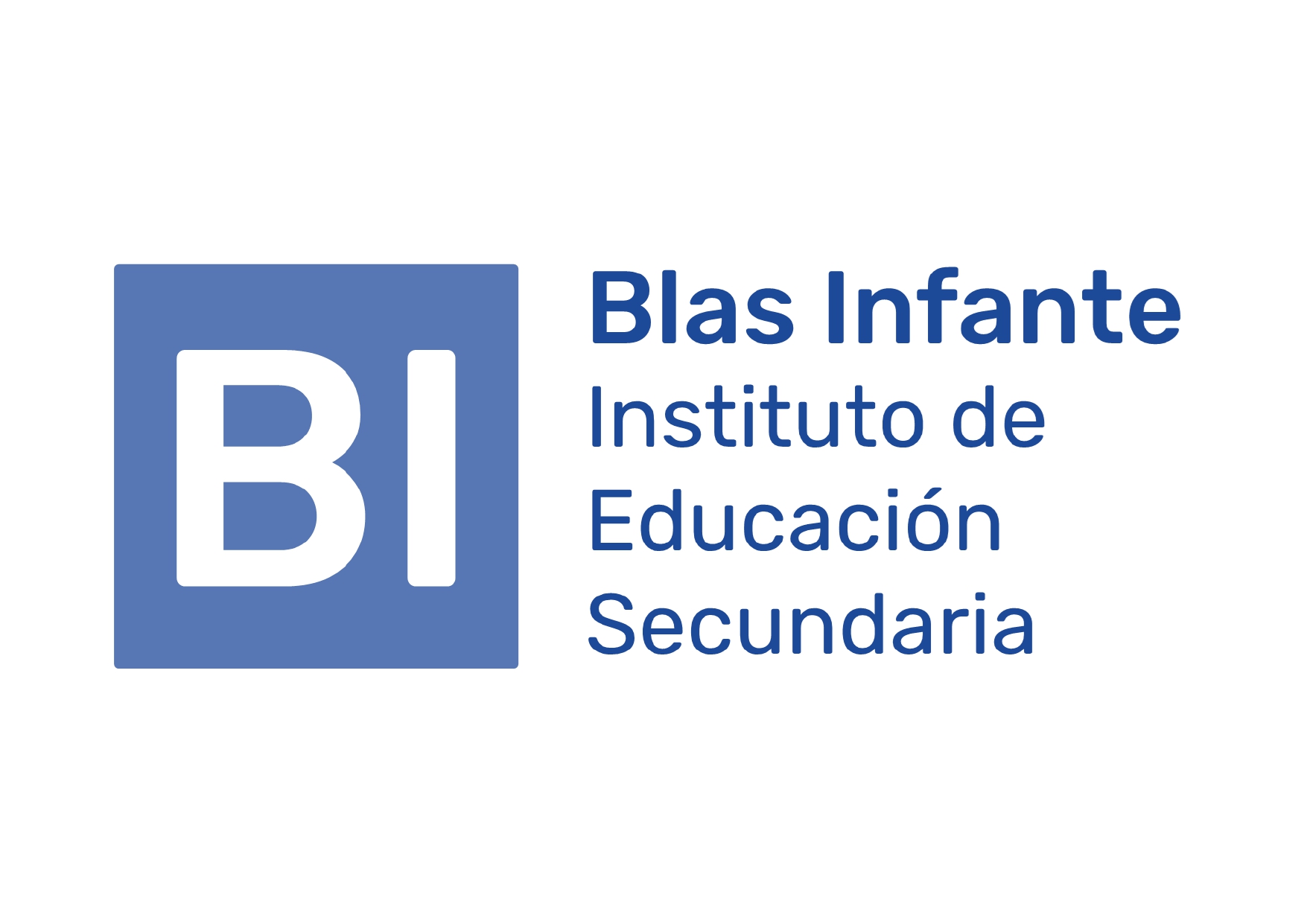
Don’t add accesories
Don’t anthropomorphize it

Don’t use rotated text

Don’t mix elements
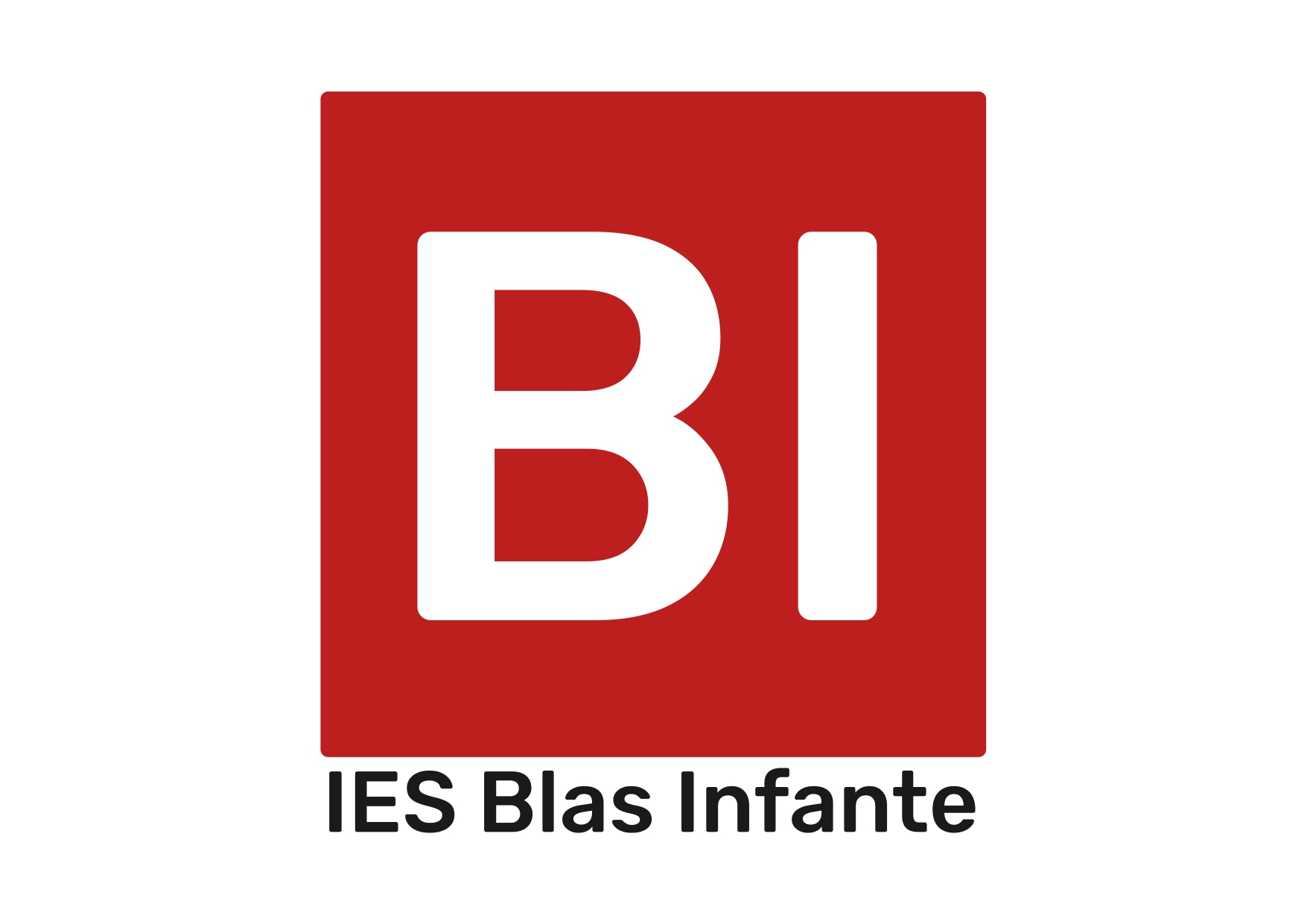
Don’t skew the logo
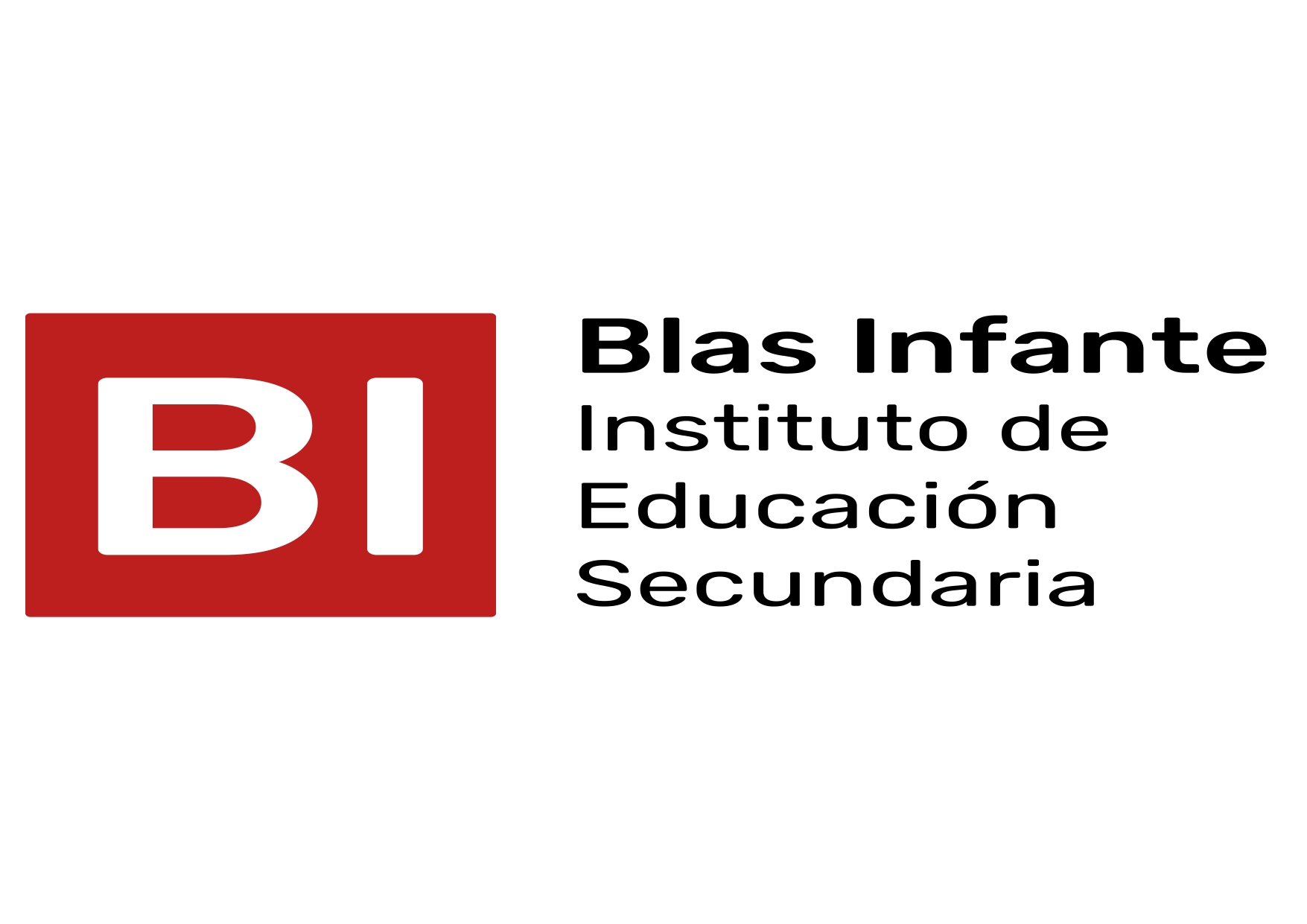
Viewing the Logo in Real-Life Scenarios
Mockups
The displayed logo at the school entrance represents the original version, chosen due to the ample space available, allowing for the presentation of a larger-scale logo.
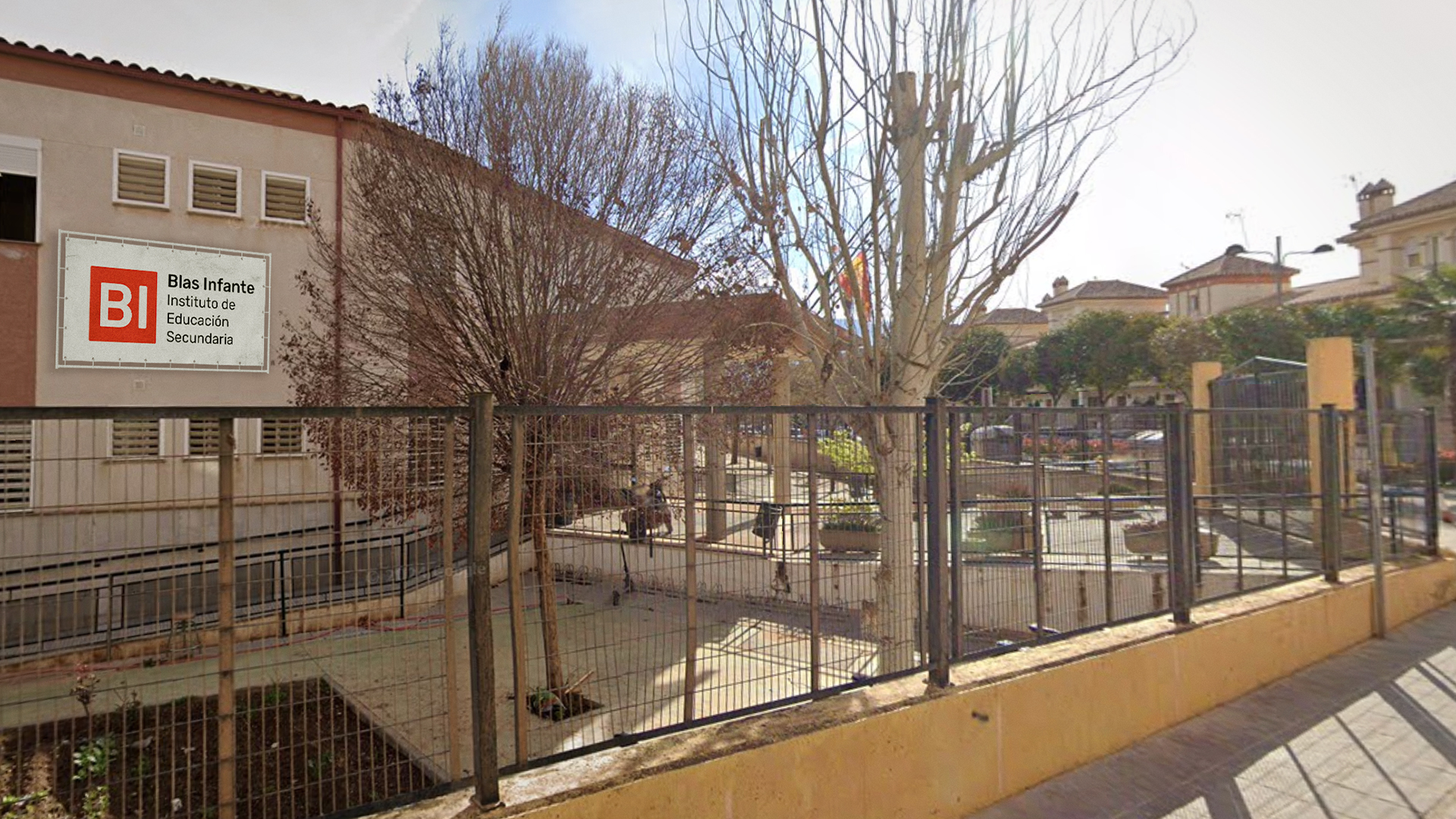
We opt for the vertical logo configuration in instances where the legibility of our primary logo is compromised. For example, when presented with vertical surfaces, such as the pane on the gate, we find it appropriate to utilize the vertical format of our logo.
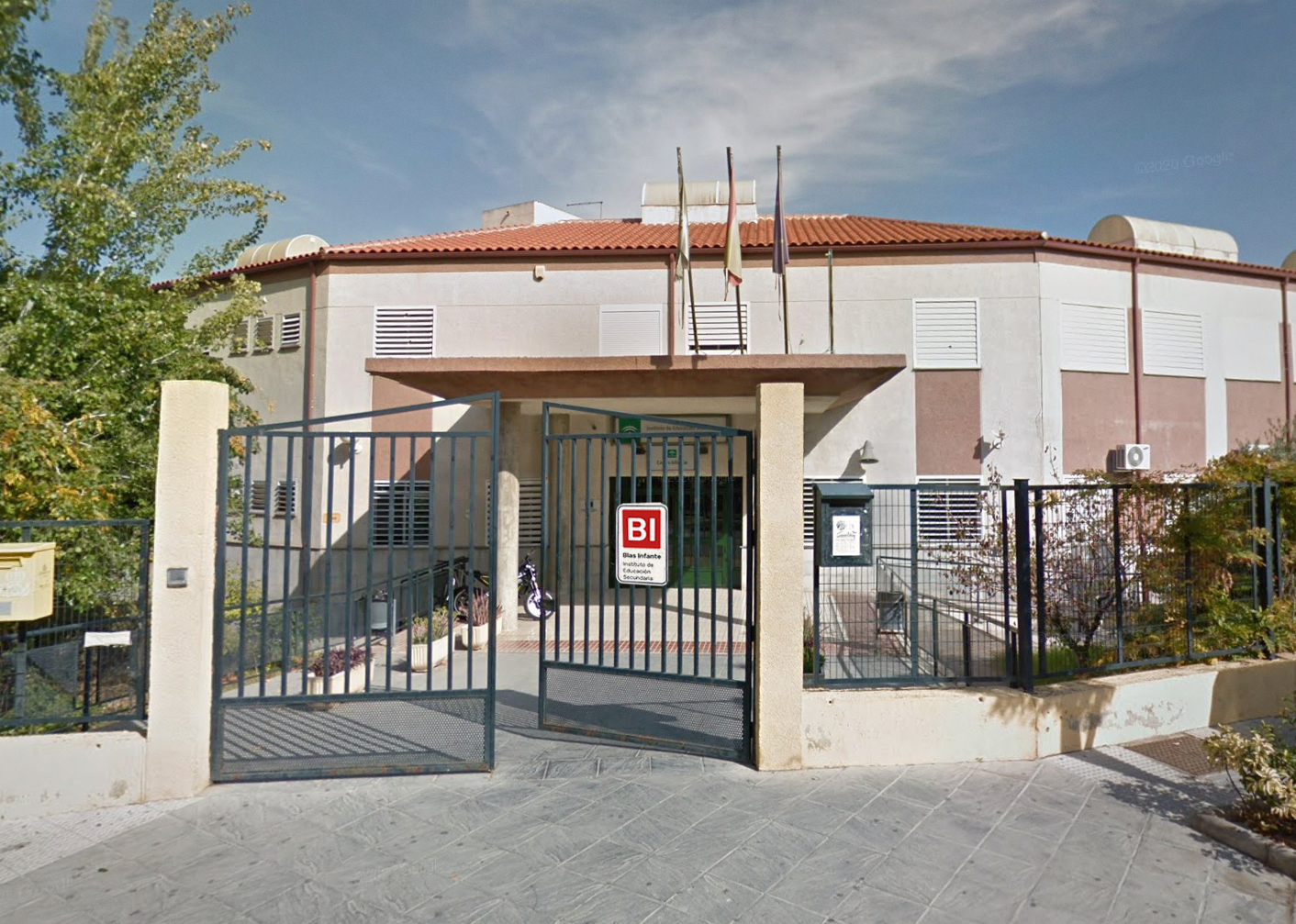
We adhere to utilizing the standard logo prominently displayed on the front page of our website. Additionally, the symbol component of the logo serves as the designated favicon for our web platform.
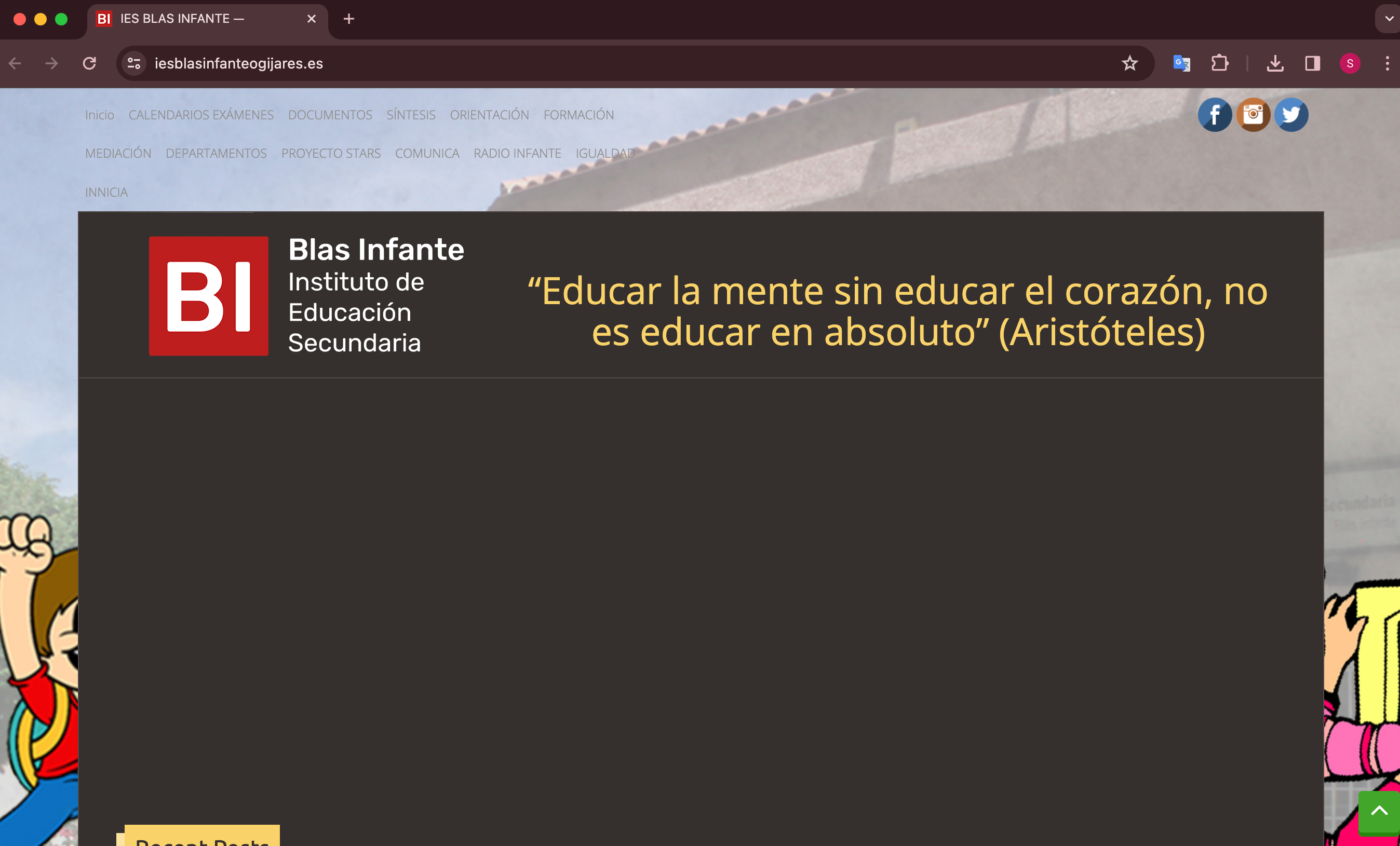
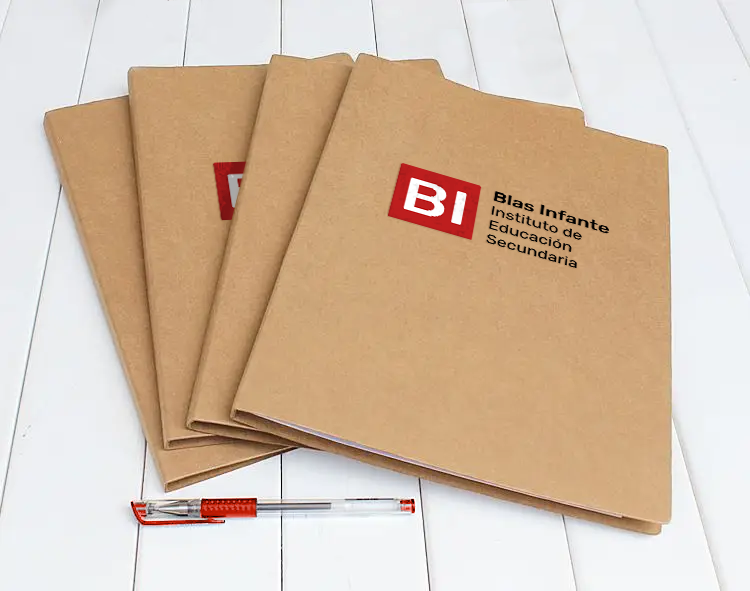
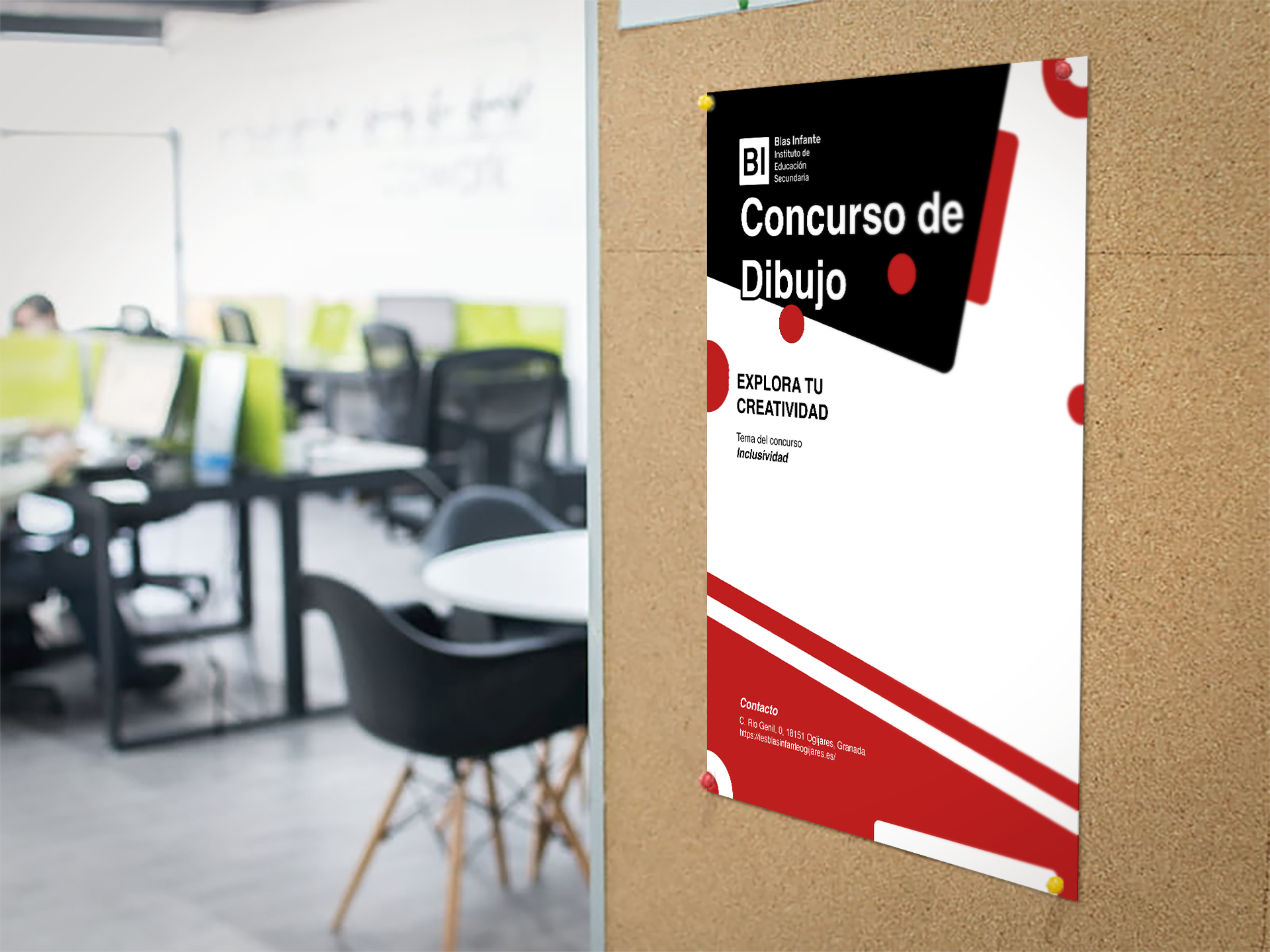
Materials Used: Embracing Sustainability
Aluminum
Product ideas: water bottles, pens, pins
Properties
Aluminum, once manufactured, serves as a perpetual resource for recycling, ideally into similar items. Its high recyclability stems from several factors:
- It withstands corrosion in most environments, ensuring its enduring metal value post-use.
- Remelting aluminum consumes only 5% of the energy required for initial production.
- Aluminum's versatility in alloying has led to numerous commercial compositions, many tailored to accommodate impurities.
Recycling aluminum is sustainable because of its properties, making it an excellent material for eco-friendly products. Additionally, aluminum is a low-density and strong material. We can use aluminum to create water bottles that are lightweight and durable, making them perfect for pupils to carry around.

Photo: norwegianscitechnews.com
Mycelium composites
Product ideas: boxes
Information
It is composed of mushroom roots, used as a matrix, and rice husk and wheat grain, as reinforcement. It is biodegradable and low-cost, making it suitable for use in boxes for carrying items.
Regardless of the material's quality, substrates undergo initial hydration, crucial for fungal growth. Soaking duration varies depending on the substrate; for instance, rice hulls require less time compared to wheat grains. Once hydrated, the raw material is homogenized to expand the growth surface using mechanical processes like grinding or blending.Subsequently, the macerated material is sterilized to eliminate microbial competition, with methods such as oven heating or pressure cooking. Chemicals like hydrogen peroxide can also sterilize, though less effectively. Composite assembly utilizes natural fungal growth to bind lignocellulosic material into 3D structures resembling the mold. Spores are preferred for their even dispersion but require nutrient-rich substrates initially. Following inoculation, molds undergo growth under controlled conditions, typically for days to months.
Post-growth, composites are removed from molds and dehydrated through hot-pressing or oven drying to halt fungal growth and enhance material stiffness. These processes result in fully biodegradable composite materials, comprising primarily lignocellulosic material bound with fungal mycelium.
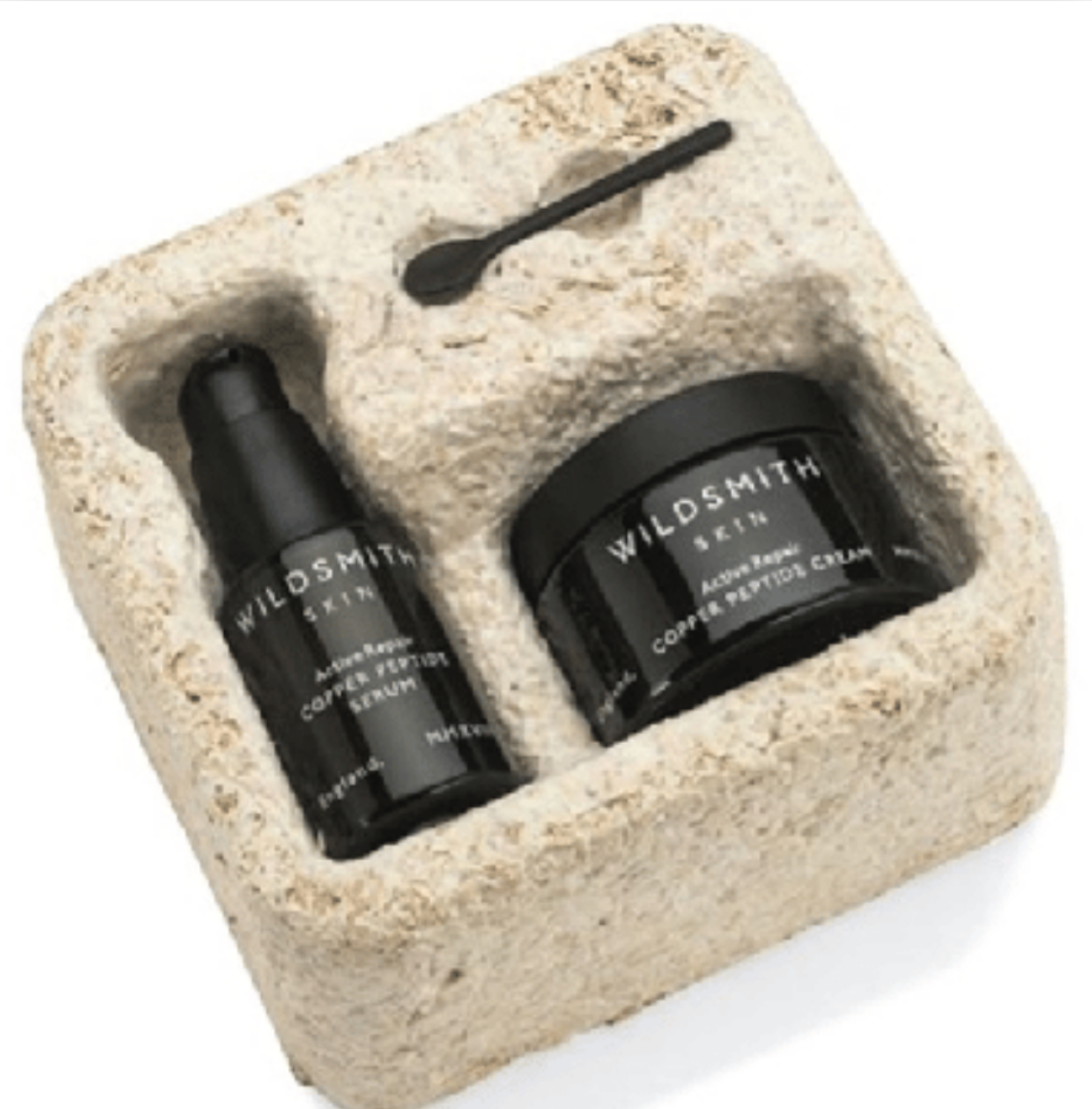
Photo: researchgate.net
Wood
Product idea: chairs, desks
Information
Wood is a renewable and biodegradable resource that can also be recycled under certain conditions. It is a flexible and soft material that can easily be modified to fit various needs.
Technological advancements have led to methods addressing wood's weaknesses, such as decay and fire resistance. Various coatings and chemical treatments can strengthen wood but may reduce its recyclability.
Less treated wood can still be used for upcycling and recycling, while heavily treated wood is more likely to be disposed of.
It's important to note that despite being commonly categorized as a material, wood does not fit the strict definition of a material in materials science. Materials are expected to have uniform, consistent, predictable, and reproducible properties, which is not always the case for wood. Its structural and chemical properties can vary significantly not only across different wood species but even within the same species, extending to individual trees.
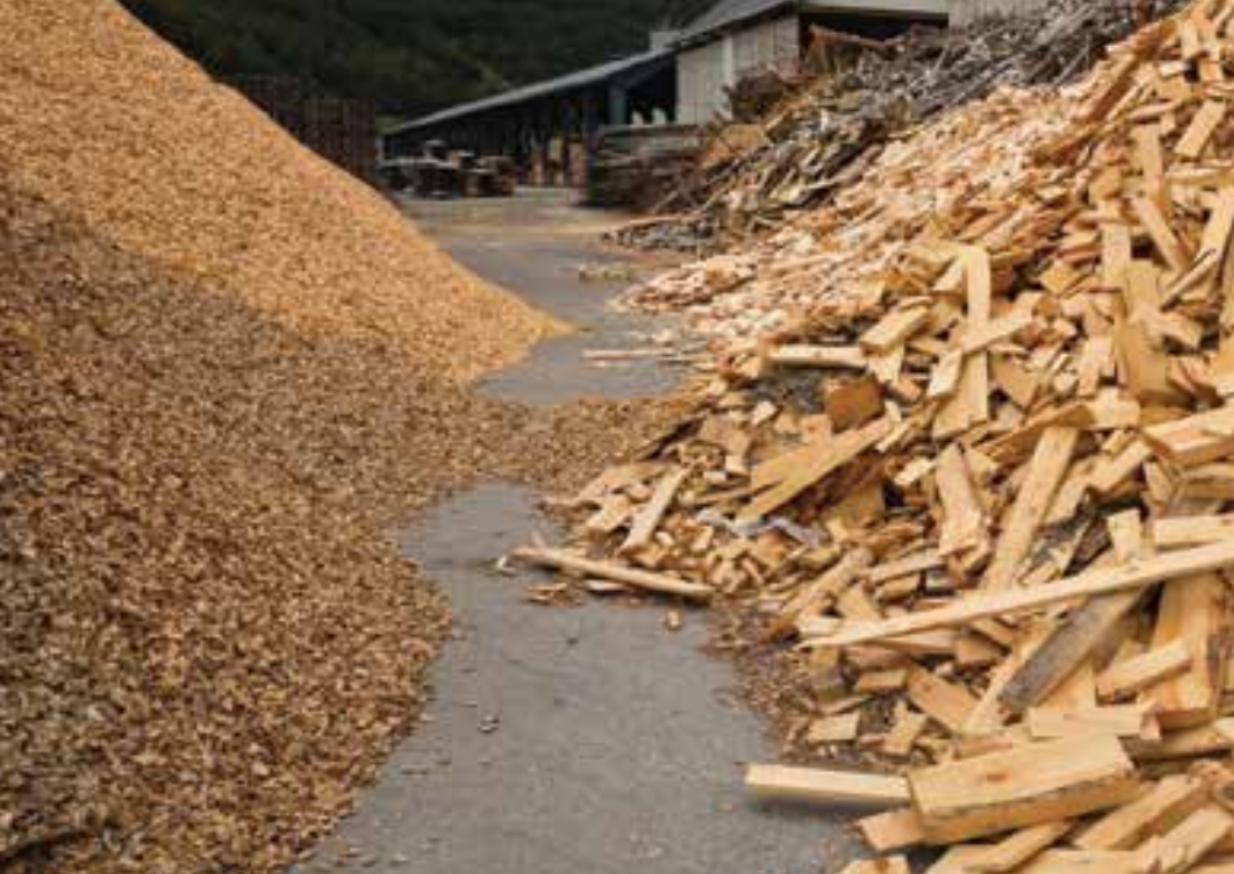
Photo: modishliving.co.uk
Glass
Product idea: food containers
Information
Glass is classified as a permanent material because it can be endlessly recycled without any degradation of its properties. This characteristic places glass in a special position within the circular economy. For instance, recycling glass serves two main purposes: reducing landfill waste and decreasing the carbon footprint of cement when used in its composition.
Recycled glass can be utilized for a wide range of products, including food containers. Its low chemical reactivity renders glass chemically inert, making it ideal for laboratory equipment and safe, non-hazardous materials used for food storage. Pupils can use glass containers to pack their home lunches.
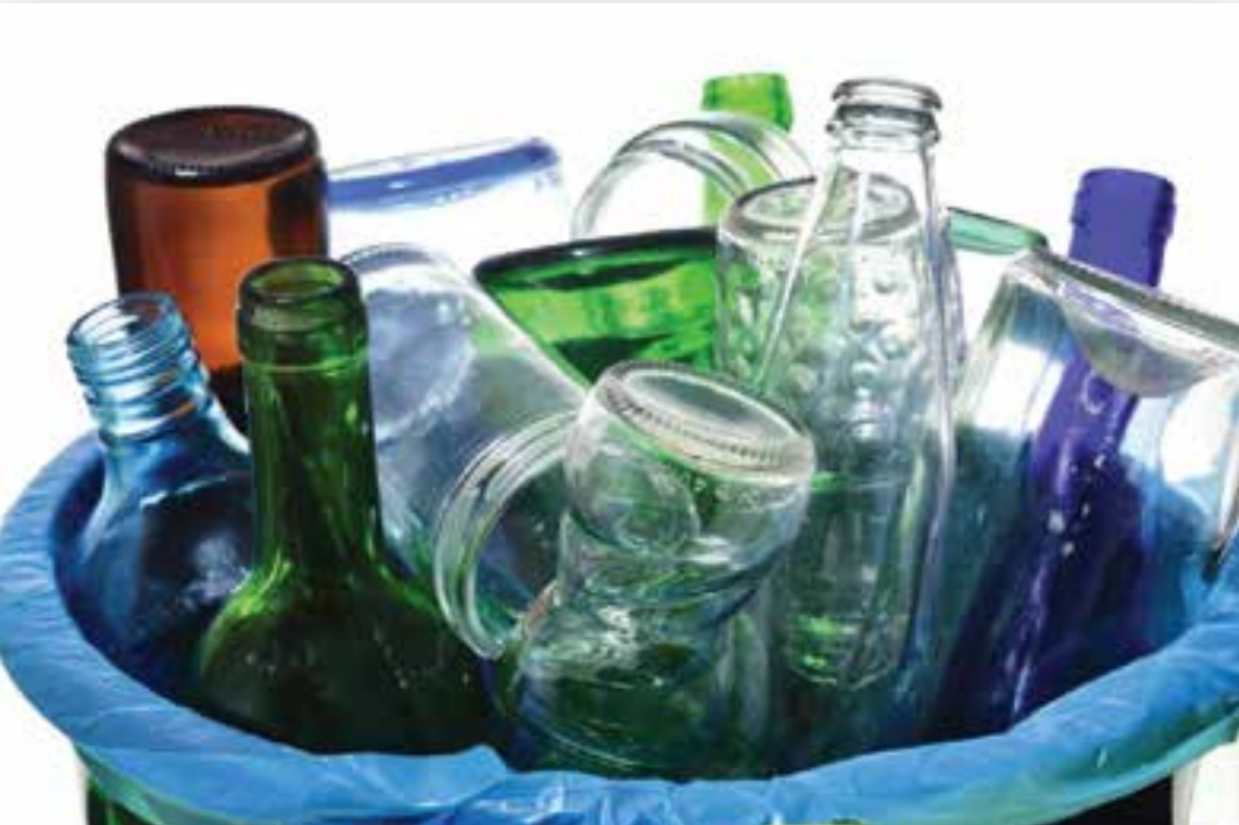
Photo: leeglass.com
Hemp
Product ideas: toadbags, school uniforms
Information
Hemp has gained popularity in the industry due to its carbon-sequestering property, higher biomass production, and versatility in end-use products.
When combined with cotton, it creates a fabric that offers superior performance in moisture absorption, air permeability, anti-mold and antibacterial properties, UV protection, and antistatic properties. A higher percentage of hemp in the fabric enhances air permeability but can also increase susceptibility to tearing. Additionally, hemp possesses antibacterial properties effective against many pathogenic bacteria.
Fabrics made from hemp can be used to create tote bags for carrying books and materials used by pupils.
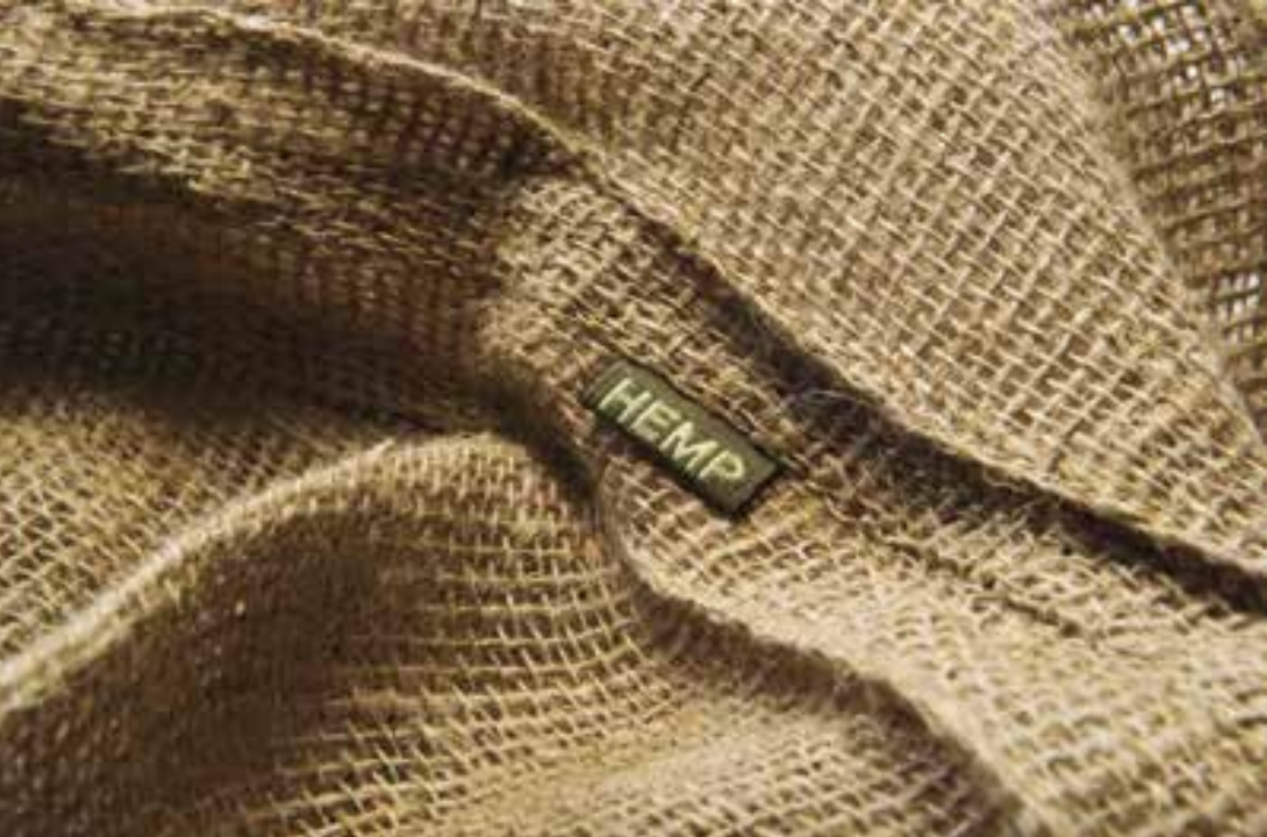
Photo: treehugger.com
Recycled paper and cardboard
Product ideas: folders, notebooks, magazines, stickers, study guides,desk organizers, flash card sets etc.
Information
The recycling of waste paper into cardboard and paper is both economically and environmentally beneficial, as it reduces the need for wood. Waste paper varies in cleanliness, ranging from relatively clean to heavily contaminated with impurities. Approximately 80% of collected waste paper can be recycled, while the remaining 20% contains challenging materials such as wire, staples, plastics, and adhesives.
The recycling process involves several steps, including the removal of paints and inks, cleaning, fine sifting, washing, and thickening of the fibrous material. Control and monitoring of the material properties throughout the process are crucial to ensure satisfactory quality in the final paper and cardboard products.
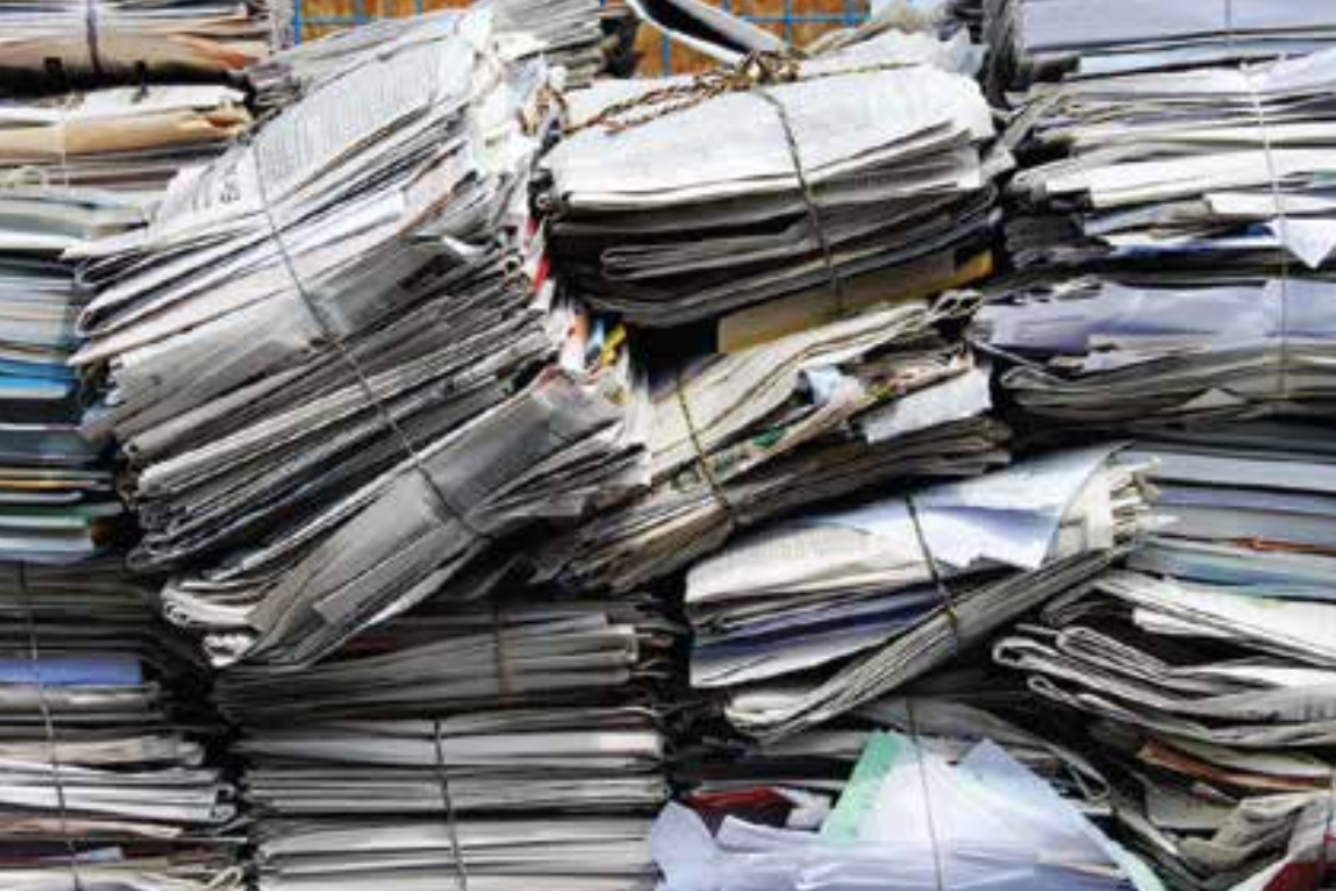
Photo: rubicon.com
Bibliography
1. John, A.S. Green (2007). Aluminum recycling and processing. The Materials Information society, USA. 92-93
2. Mitchell, J. (2020). Waste-derived mycelium materials for non-structural and semi-structural applications. RMITUniversity, Viena.
3. Schubert, M. & Panzarasa, G. & Burgert, I.. Sustainability in wood products: a new perspective for handling naturaldiversity. Institute for Building Materials, Zurich. 17-29
4. Testa, M. & Malandrino, O. & Rosaria, M.S. & Supino, S & Sica, D. (2017). Long-term sustainability from the perspectiveof cullet recycling in the container glass industry: evidence from Italy. University of Salerno, Italy.
5. Ahmed, F. & Islam, Z. & Mahmud, S. & Sarker, E. & Islam, R. (2022). Hemp as a potential raw material toward asustainable world: A review. Bangladesh University of Textiles, Dhaka. 8-9
6. Keskin, B. & Altay, B. & Kurt, A. & Fleming P.D. (2020). Sustainability in paper based packaging. Gazi University,Ankara. 132-133
7. Obradovic, D. & Mishra, L.N. (2020). Mechanical properties of recycled paper and cardboard. Elementary school "JovanCvijic", Serbia.











